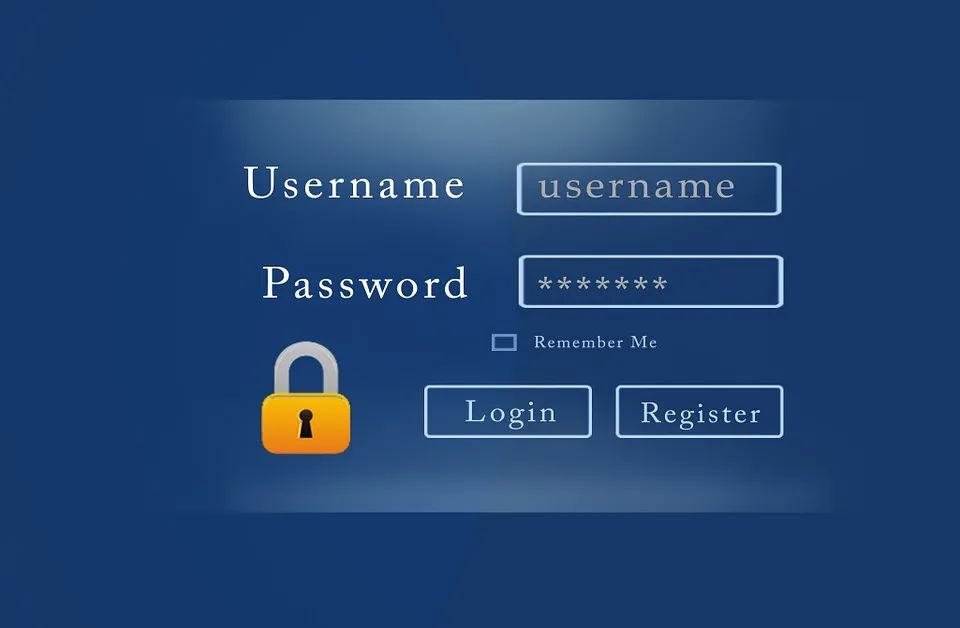
Symmetric Encryption
Asymmetric Encryption
Common Encryption Algorithms and Their Processing Methods

How to Handle Data Encryption in APIs?







Symmetric Encryption
Asymmetric Encryption
Common Encryption Algorithms and Their Processing Methods

How to Handle Data Encryption in APIs?





